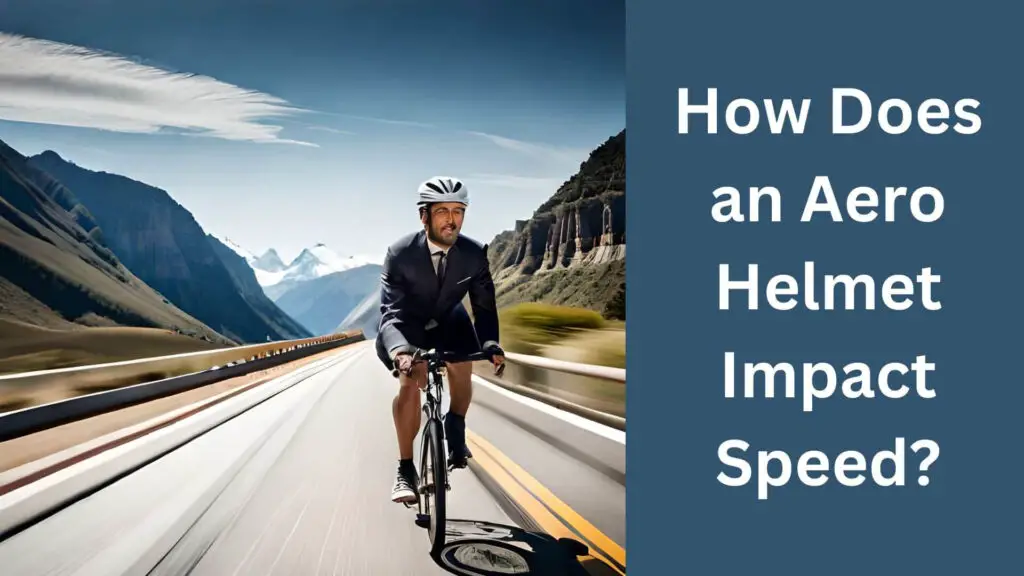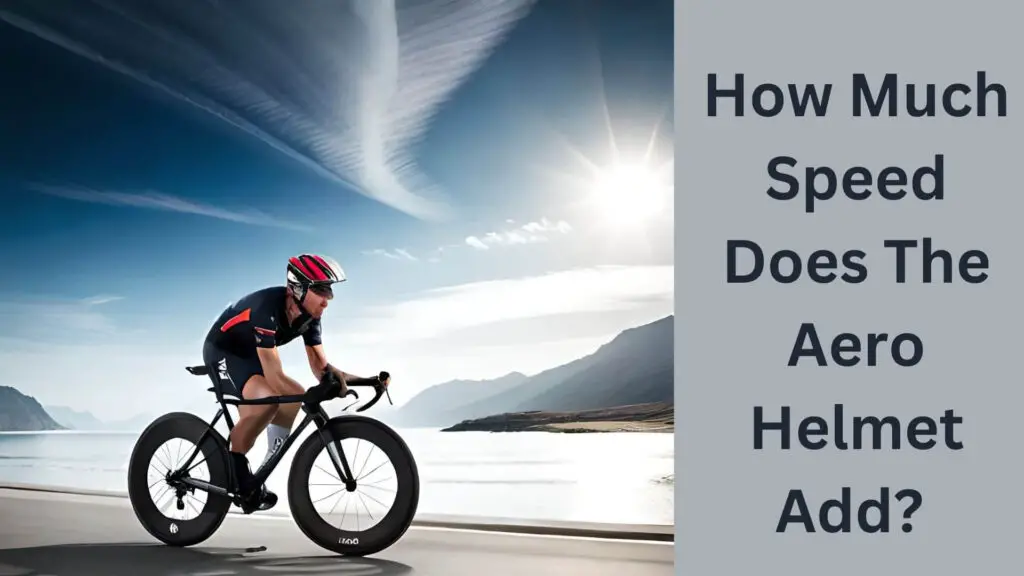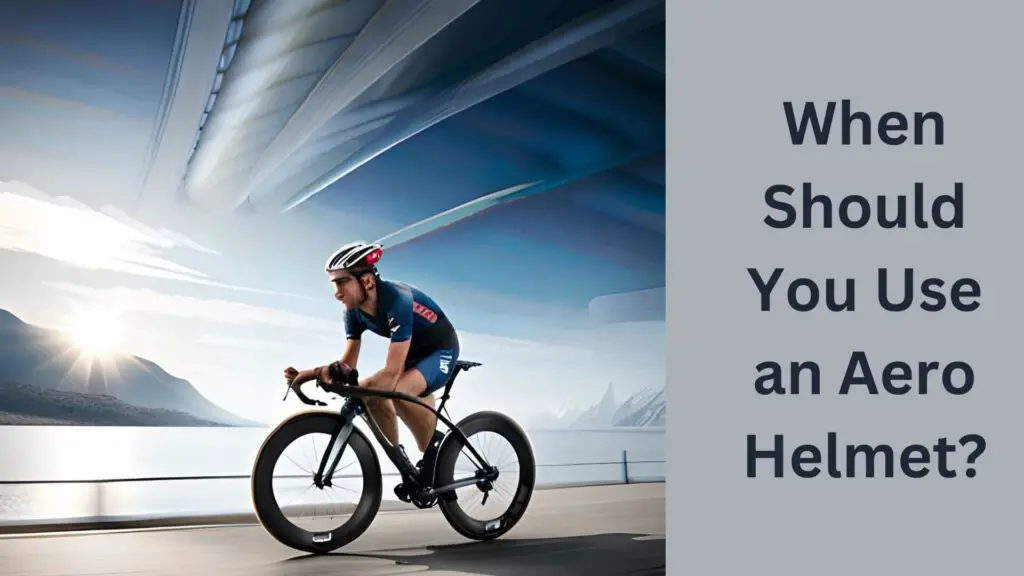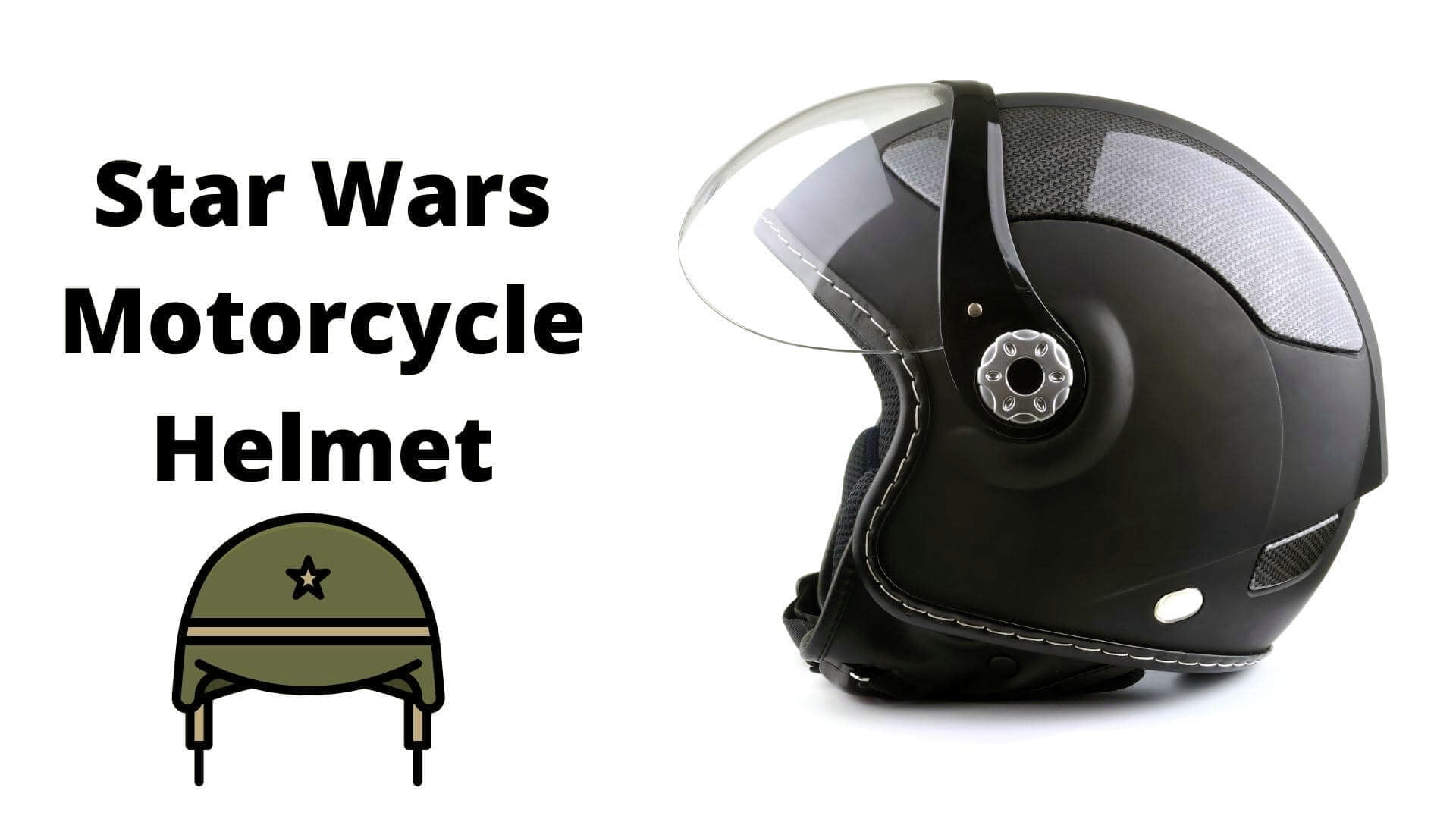Does an Aero Helmet Make You Faster? The Truth Behind the Myth

Are you interested in elevating your cycling performance? If so, consider investing in an aero helmet.
Designed with aerodynamics in mind, these specialized helmets can help you slice through the wind and achieve higher speeds on your bike. But does an aero helmet make you faster?
The short answer is Yes, an aero helmet can make you faster on a bike. Studies have shown that wearing an aero helmet can reduce drag by up to 5%, resulting in significant performance improvements.
In this blog post, I’ll look at the benefits of aero helmets and how they can help you achieve your cycling goals. So, strap on your helmet and get ready to learn!
What is an Aero Helmet?
Before we dive into the impact of aero helmets on speed, let’s first define what an aero helmet is. An aero helmet, a time trial helmet, or a triathlon helmet is designed to reduce drag and improve aerodynamics.
These helmets typically feature a smooth, elongated shape with fewer vents than a traditional road helmet. They’re designed to help you slice through the air more efficiently, reducing the energy needed to maintain a certain speed.
How Does an Aero Helmet Impact Speed?

The primary goal of an aero helmet is to reduce drag and improve aerodynamics, which can lead to an increase in speed.
But how much impact can an aero helmet have on your speed? Let’s closely examine the science behind aero helmets and speed.
1. Aero helmets reduce drag:
When cycling, you’re battling against the wind, which creates drag and slows you down. Aero helmets are designed to reduce pain by creating a smooth, streamlined surface that allows air to flow more smoothly around your head. By reducing drag, you can maintain a higher speed with less effort.
2. Aero helmets save energy:
When cycling, you constantly expend energy to overcome the forces of wind and gravity. An aero helmet can help you save energy by reducing the power you need to pay to maintain a certain speed.
By reducing the energy you need to expend, you can maintain a higher, more extended for a longer period.
3. Aero helmets improve aerodynamics:
In addition to reducing drag, aero helmets improve aerodynamics by creating a more efficient shape.
By reducing the turbulence around your head, an aero helmet can help you maintain a more consistent speed, even in windy conditions.
While the impact of an aero helmet on speed will vary depending on several factors, such as wind conditions, terrain, and rider position, research has shown that an aero helmet can significantly improve speed over a traditional road helmet.
Read More: Are Aero Helmets Smaller?
How Much Speed Does The Aero Helmet Add?

The exact amount of speed that an aero helmet can add will depend on various factors, such as the rider’s speed, wind conditions, and terrain.
However, studies have shown that a well-designed aero helmet can reduce drag by up to 3-5%, resulting in a speed increase of around 0.5-1.5 mph or 1-3 km/h.
While this may not seem like a significant increase, it can make a big difference in competitive cycling events, where every second counts.
Additionally, the speed gains can be even more significant when combined with other aerodynamic tools, such as aero bars and optimized rider positioning.
When Should You Use an Aero Helmet?

While an aero helmet can significantly improve speed, it’s important to note that it may not be the best choice for every ride. Here are a few situations where you may want to consider using an aero helmet:
- Time trials: Time trials are about speed and every second counts. If you’re participating in a time trial, an aero helmet can help you shave valuable seconds off your time.
- Triathlons: Triathlons typically involve a mix of swimming, cycling, and running, and efficiency is critical. An aero helmet can help you conserve energy on the bike, so you have more left in the tank for the run.
- Flat rides: If you’re planning a ride on a flat, windless course, an aero helmet can help you maintain a higher speed with less effort.
On the other hand, there are situations where an aero helmet may not be the best choice:
- Hilly rides: If you’re tackling a hilly course, an aero helmet may not be the best choice. The benefits of reduced drag and improved aerodynamics are minimized on climbs, where the primary challenge is overcoming gravity rather than wind resistance.
- Group rides: There may be better choices than an aero helmet if you’re riding in a group. The drafting effect of riding in a pack can significantly reduce wind resistance, making the benefits of an aero helmet less pronounced.
- Hot weather: Aero helmets typically have fewer vents than traditional road helmets, making them less breathable and more desirable in warm weather. A conventional road helmet may be better when riding in hot weather.
Ultimately, deciding when to use an aero helmet comes down to your goals and priorities.
If you want to maximize your speed and performance, an aero helmet can be a valuable tool. However, a traditional road helmet may be better if you prioritize comfort or versatility.
How Does Aerodynamics Affect Cycling Performance?
Reducing Drag
When cycling, the rider faces wind resistance or drag, which can slow them down and require more effort to maintain speed.
By reducing drag, the cyclist can become more efficient and maintain a higher speed for the same effort. Aerodynamics is critical in reducing pain; this is where aero helmets come in.
Improved Airflow
Aerodynamics not only reduces drag but also helps to improve airflow around the rider’s body.
Optimizing the helmet’s shape allows air to flow more smoothly over the rider’s head, reducing turbulence and minimizing drag.
Better Rider Positioning
Aerodynamics also plays a significant role in determining the rider’s position on the bike. The ideal situation minimizes drag and maximizes power output.
This is why many competitive cyclists use aero bars to help them achieve a more aerodynamic position on the bike.
Terrain and Wind Conditions
The impact of aerodynamics on cycling performance will also depend on external factors such as terrain and wind conditions.
For example, the benefits of an aero helmet and position will be more pronounced on a flat and windless course.
However, rider positioning and other factors may become more critical on a hilly course or in windy conditions.
Time Trials and Triathlons
Aero helmets benefit time trials and triathlons, where aerodynamics is critical in performance.
These events are about minimizing time and maximizing speed, making using an aero helmet and other aerodynamic tools crucial.
Group Riding
While aerodynamics is essential for cycling performance, it may only sometimes be the priority when riding in a group.
Drafting behind other riders can significantly reduce wind resistance, making the benefits of an aero helmet and position less pronounced.
In this case, it may be more important to prioritize comfort and other factors over aerodynamics.
Individual Goals and Priorities
Ultimately, the impact of aerodynamics on cycling performance will depend on the individual’s goals and priorities.
Aerodynamics will be crucial for competitive cyclists seeking to maximize speed and performance.
For recreational riders, comfort and other factors may be more important than aerodynamics.
Are Aero Helmets Worth the Investment?
One of the biggest questions cyclists have regarding aero helmets is whether or not they’re worth the investment.
Aero helmets can be expensive, with some models costing several hundred dollars. So, is the investment worth it?
The answer to this question will depend on your individual goals and priorities. An aero helmet can be a valuable investment if you’re a competitive cyclist looking to maximize your speed and performance.
The benefits of reduced drag and improved aerodynamics can make a significant difference in your speed and efficiency on the bike.
On the other hand, if you’re a recreational cyclist who prioritizes comfort and versatility, a traditional road helmet may be a better choice. While an aero helmet can provide a performance boost, it may not be worth the cost if you’re not competing at a high level.
Which Aero Helmet Is The Fastest?
Determining which aero helmet is the fastest is a complex and subjective question, as it will depend on various factors, such as the rider’s characteristics and the specific conditions of the race.
However, some aero helmets have consistently performed well in wind tunnel testing and on the race course.
One popular aero helmet is the Giro Aerohead MIPS. It has a unique design that reduces drag and is effective in wind tunnel testing.
The Aerohead MIPS also features a MIPS liner designed to provide additional protection against rotational forces during a crash.
Another top-performing aero helmet is the Specialized S-Works Evade. This helmet has been extensively tested in wind tunnels and on the race course, with many professional cyclists choosing to wear it in competition.
The Evade features a sleek design with strategically placed vents that help reduce drag while providing adequate ventilation.
The Rudy Project Boost 01 is another aero helmet that has performed well in wind tunnel testing. Its unique design incorporates a removable tail that you can add for extra aerodynamic advantage on race day.
FAQs About Does an Aero Helmet Make You Faster?
How much of a difference can an aero helmet make in speed?
The impact of an aero helmet on speed will vary depending on several factors, such as wind conditions, terrain, and rider position. However, research has shown that an aero helmet can significantly improve speed over a traditional road helmet.
When should I use an aero helmet?
Aero helmets are best suited for time trials, triathlons, and flat rides. There may be better choices for hilly rides, group rides, or hot weather.
Are aero helmets worth the investment?
The answer to this question will depend on your individual goals and priorities. An aero helmet can be a valuable investment if you’re a competitive cyclist looking to maximize your speed and performance.
However, a traditional road helmet may be better if you prioritize comfort or versatility.
Final Word
So, does an aero helmet make you faster? The answer is yes; an aero helmet can significantly improve speed and performance over a traditional road helmet.
However, the benefits of an aero helmet will depend on several factors, such as wind conditions, terrain, and rider position. An aero helmet can be a valuable tool if you’re a competitive cyclist looking to maximize your speed and performance.
But, if you prioritize comfort or versatility, a traditional road helmet may be a better choice. Ultimately, deciding whether to invest in an aero helmet will come down to your goals and priorities.

Hey, I’m Hrithik Hossain. I am the head of helmethacks.com, which specializes in safety helmets. I am looking to connect with anyone interested in purchasing a helmet or who has any questions about different types of helmets. I have over 8 years of experience as a helmet expert, and I can’t wait to help you find the perfect helmet for you. I can help you with any questions regarding helmets, from the best brands to fitting, style, and more! I really enjoy keeping people safe by ensuring they have the best protection possible.







